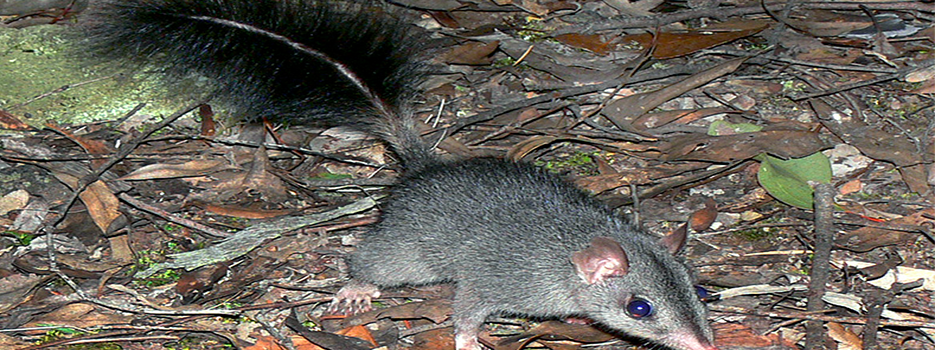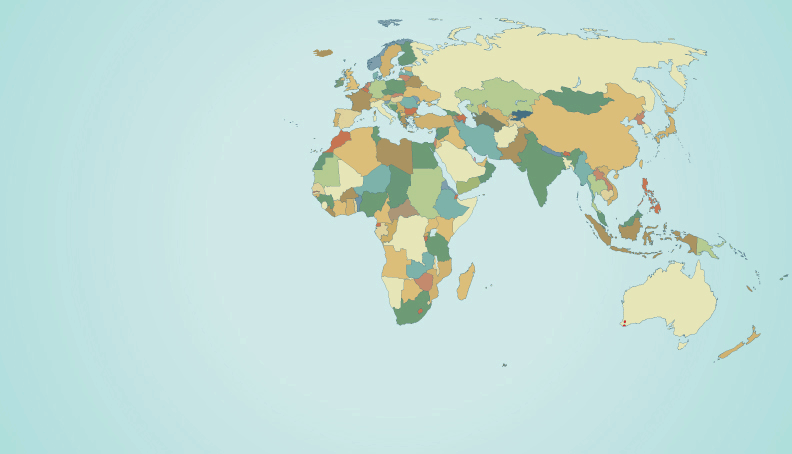Brush Tailed Bettong
Bettongia penicillata
Habitat: This species now inhabits forest and woodland with sufficient undergrowth to provide cover and nesting sites, as well as some open areas for feeding. The woylie prefers clumped, relatively open vegetation with sandy soils that are easy to dig. It is rarely found in high rainfall areas. This hopping marsupial was once found through most of arid Australia in a wide variety of habitats.
Threats: The introduction of predators and competitors such as foxes, cats, rats and rabbits, combined with habitat reduction from farming have all had detrimental effects on the species. The Critically Endangered brush-tailed bettong is reliant on the monitoring and reduction of fox populations as well as careful habitat management for its survival. Woylies had all but disappeared from the bush until research and recovery actions were undertaken. Now the Woylie is responding to fox reduction by becoming more numerous. A five-year recovery plan has seen the three small remaining populations, all in Western Australia, increase to ten flourishing populations, including four in South Australia, as a result of re-introduction programmes.
Information: Resembling a small wallaby, the woylie is about the size of a rabbit. It is approximately 30 cm in height and weighs up to 1.6 kg. The fur is yellowish-grey with some reddish-orange tinges, particularly on the tail, which ends in a black crest. It bounds with head low and tail extended. The hind feet are very long. The forepaws are shorter and equipped with long, curved claws.
Food: At night, woylies forage for bulbs, seeds and insects. Underground fungi form a substantial part of their diet, and spores from the fungi are later excreted, by spreading spores the woylie makes an important contribution to the health of the forests. Bark, twigs, grass and leaf litter are used to build the nest and are carried to the site in the curled tail. Woylie young live in the pouch for 100 days. They can produce young year round. The life expectancy of a Woylie is between four and six years.
This energetic, hopping marsupial is occasionally encountered by surprised bush walkers, as it frantically dashes from cover, mere centimetres from their feet.
The Brush-tailed bettong’s downward population trend will affect the surrounding habitat because fungi depend on it for dispersal.
Once found over 60% of Australia this species was considered a pest and between 1880-1920 more than 3 million were killed for bounty money, and in 2001 populations dramatically declined. Today original populations only exist at Perup Nature Reserve, Tutanning Nature Reserve and Dryandra Woodland in south-west Australia.
Map: Red = Locations Found 799





